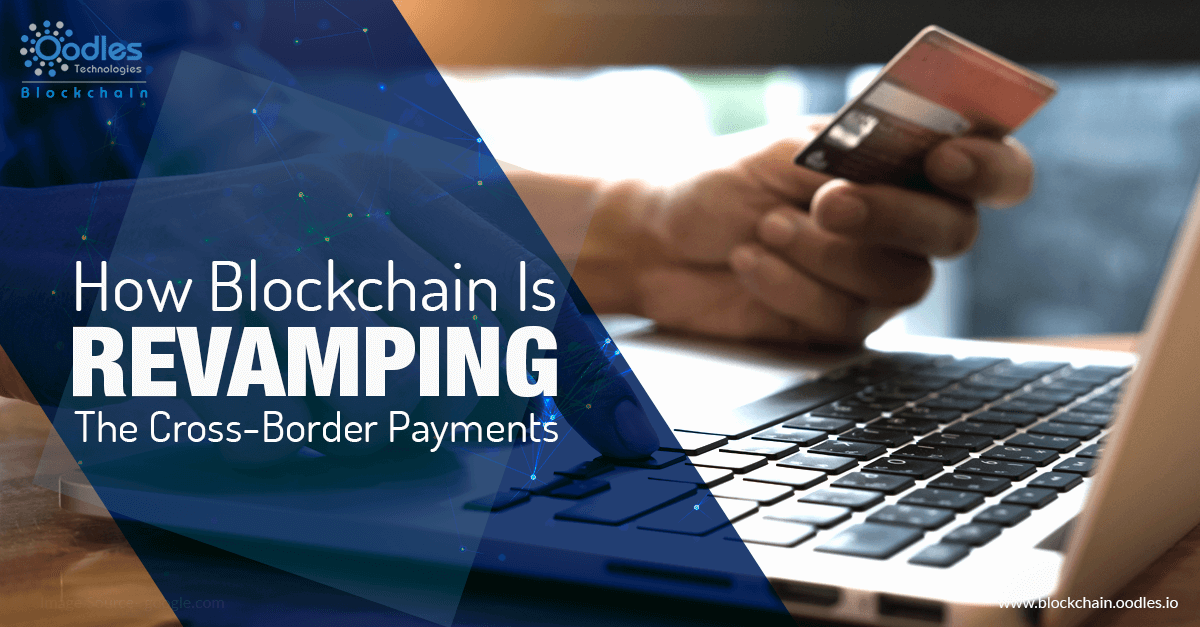-
The global payments sector is error-prone and costly. Cases of money laundering are also common. Besides, it takes days to initiate international transfers of money in addition to limited visibility to transactions. Blockchain development services are changing this paradigm of global payments industries. The technology lays the foundation for low-cost, reliable, and fast peer-to-peer transactions.
Based on the McKinsey & Company report, cross-border payments solely cover 40% of global payments transactional revenues with payment flows of more than $135 trillion in 2016. In the future, the digital revolution is going to take over the payments arena in the long run. In this situation, banks would need to minimize the back-office costs for international payments by 90% percent according to reports.
Conventional money transfers such as Moneygram and WorldPay are also being used to transfer money overseas. The fees involved in these platforms to transfer money are similar to what banks charge. Also, the speed for transferring money is low (five to six business days).
Therefore, several companies are exploring ways to use blockchain to reduce cross-border costs and speed up transactions. With Blockchain, the cost of cross-border payments will decrease and customers will have improved transparency over the transactions.
How Blockchain Revamps Cross-border Payments
Blockchain can eliminate these issues and change the way cross-border payments are done. It is faster and provides greater visibility between two parties at a lower cost. A person in a blockchain network can see every single entry into the ledger of transactions. It provides privacy as well since the transaction details are shared among all parties who are participating in it.
Also, a high level of security is available because it forms an immutable ledger of transactions. Since transaction records are tamper-proof, Blockchain eliminates concerns about fraud.
All the manual processes involved in the work of cross-border payments are time-consuming and prone to mistakes. Blockchain can automate transactions via smart contracts. Actions can be described and performed by “smart contracts,” which make sure that all parties are abiding by the rules and which automate (and therefore expedite) transactions. Hence, blockchain makes the operations involved in international payment faster and more cost-effective.
Industry Players Adopting Blockchain for Cross-Border Payments
SWIFT
At the start of the year 2017, SWIFT launched a Proof-Of-concept(POC) to explore whether the distributed ledger technology can be used by banks to improve the management of the Nostro database in real-time, lower costs, and operational risk. As a part of SWIFT's global payments innovation (GPI) initiative, it aims to deliver a new standard in cross-border payments. 22 global banks collaborated with SWIFT's GPI in 2017 to test the PoC DLT (Blockchain) application.
WYRE
It is a cross-border payments organization based in San Francisco that professes itself as the fastest international money transfer platform in the industry. The platform helps businesses to make cross-border payments efficiently by offering faster and cost-effective services.
RIPPLE
It is a blockchain-enabled platform that offers financial settlement solutions across borders, which enables banks to do transactions directly with each other and lower the costs of settlements. Ripple is constantly diversifying its services in the banking sector. For instance, at the end of June, Thailand's Siam Commercial Bank and Japan's SBI Remit collaborated to launch the first blockchain-enabled payment service using Ripple's blockchain.
Using blockchain to build cross-border payments contains immense potential in eradicating several pain points of stakeholders. However, before venturing into this relatively new and complex tech space, due diligence is a must. Connect with our skilled blockchain developers to get started with building cross-border payment solutions.

Our Offices
INDIA
Emaar Digital Greens, Sector 61,
Gurugram, Haryana
122011.
Welldone Tech Park,
Sector 48, Sohna road,
Gurugram, Haryana
122018.














